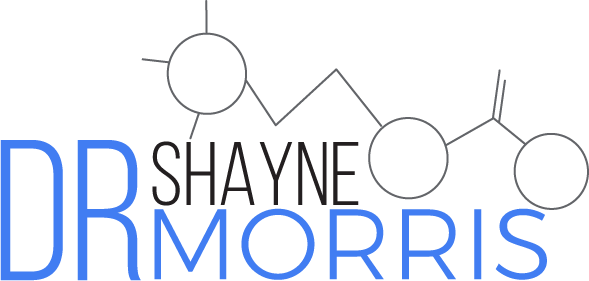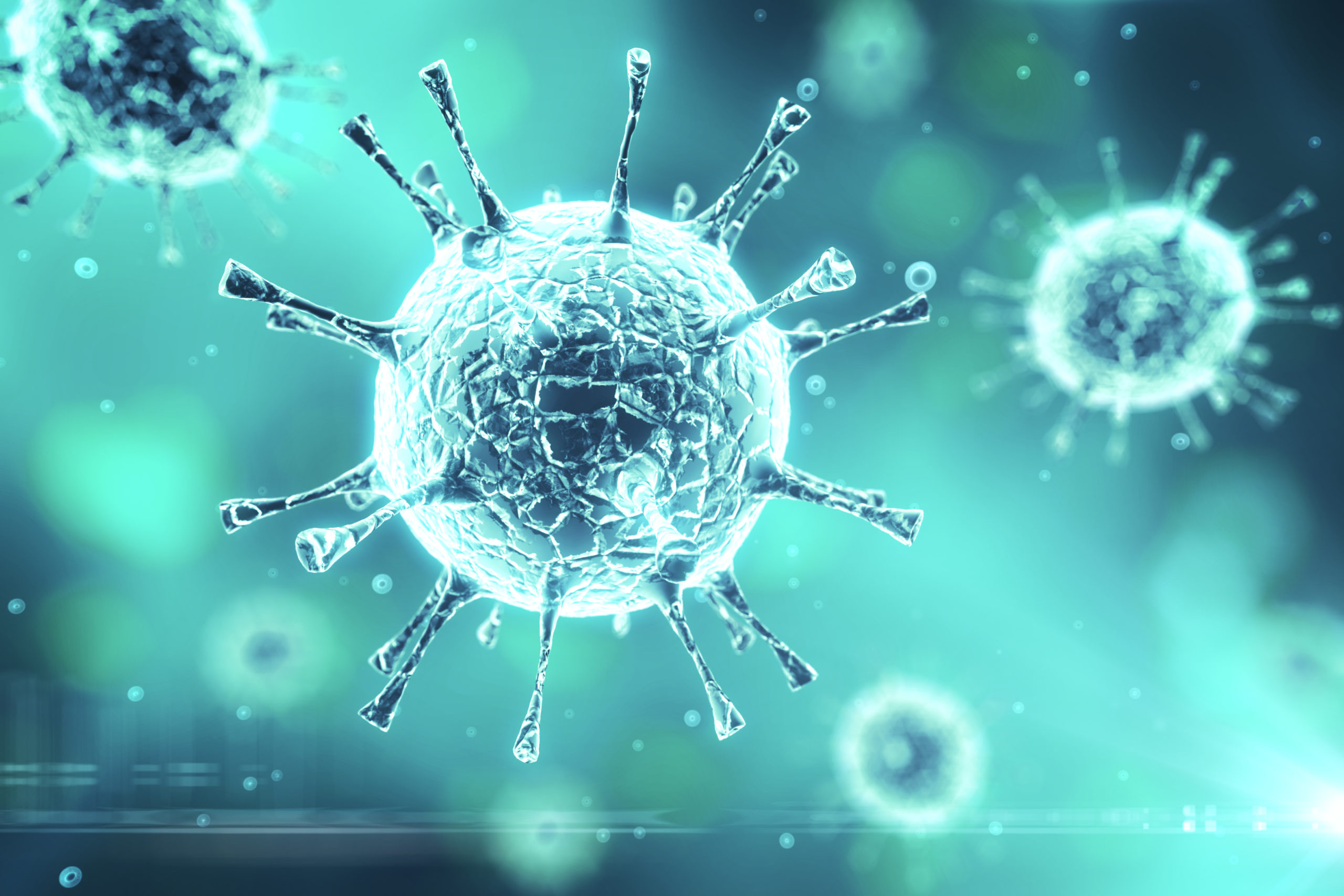I believe in any health situation, especially a pandemic crisis, we must have effective education about emergence and rapid expansion of a mutant virus such as SARS-CoV-2. In December 2019, the emergence of a novel strain of betacoronavirus, that is now referred to as severe acute respiratory syndrome coronavirus 2 (SARS-CoV-2 or 2019-nCoV), led to a global outbreak of CoronaVirus Disease 2019 (COVID-19). COVID-19 is a viral upper respiratory tract infection that can cause a wide range of symptoms anywhere from common cold or flu-like symptoms, to acute respiratory distress syndrome (ARDS); similar to symptoms caused by a coronavirus strain previously identified in 2003 as SARS-CoV (severe acute respiratory syndrome coronavirus). Clearly, our immune system is seeing SARS CoV-2 as a new virus; a situation that reminds us about how jolting mutant viruses can be to our immune system. However, this is hardly the first time we have been confronted with something like this because in reality we have seen mutant virus epidemics and pandemics occur on a regular basis. A few significant viral pandemics were: the 1918 flu killing 20-30 million, in 1956-57 the Asian flu killed over a million, in 1968 the Hong Kong flu was estimated at 1-2 million deaths, the 2009 swine flu H1N1 that infected 61 million and ended up killing 12,000 Americans, and in the wake of HIV/AIDS in 2018, we still lost 700,000 lives globally. Perhaps, like with any significant challenge we rise, and as such, we are learning to identify key clinical factors, testing techniques and therapeutic relatedness between SARS-CoV-2 and the earlier SARS-CoV.
Epidemiology begins with elucidating SARS-CoV-2 as it travels around the globe, differentially infecting populations. While keeping in mind that practicing quarantine and social distancing is always the first defense, understanding how to manage SARS-CoV-2 with immune system adjuvants and lifestyle interventions prepares us for future outbreaks. During this pandemic it’s necessary we acknowledge that the data being presented on any given day is just a snapshot, however, trends have begun to emerge. Scientists and clinicians have been absolutely amazing, providing real time data regarding SARS-CoV-2 worldwide. A number of real-time publications are now available giving us an unprecedented look at this virus, its behavior and health impact. Research is beginning to give us some insights on the biological mechanisms for viral binding and replication of SARS-CoV-2 as well as its impact on targeted human cells. Understanding the life cycle infectivity, viral load of severe acute respiratory syndrome and the immune system response of SARS-CoV-2, will lead to improved clinical knowledge and outcomes. Perhaps the most interesting acquired information will be the science I hope to present about how natural phytochemicals, virome interactions, microbiome interactions and nutrition, all shape our amazing relationship between our immune responses and emerging viral challenges. Although, new findings indicate that the clinical spectrum of COVID-19 can be very heterogeneous, underlying conditions and age are distinct virulence influencers and the following educational information reflects current research and real-time clinical publications. It is paramount all decisions regarding COVID-19 patients must be made by trained health care practitioners.
References
1. Kuba, Keiji, Arthur S. Slutsky, Yi Huan, Bin Guan, Chi-Chung Hui, Josef M. Penninger, Lutz Hein, et al. “Angiotensin-Converting Enzyme 2 Protects from Severe Acute Lung Failure.” Nature 436, no. 7047 (2005): 112-116.


